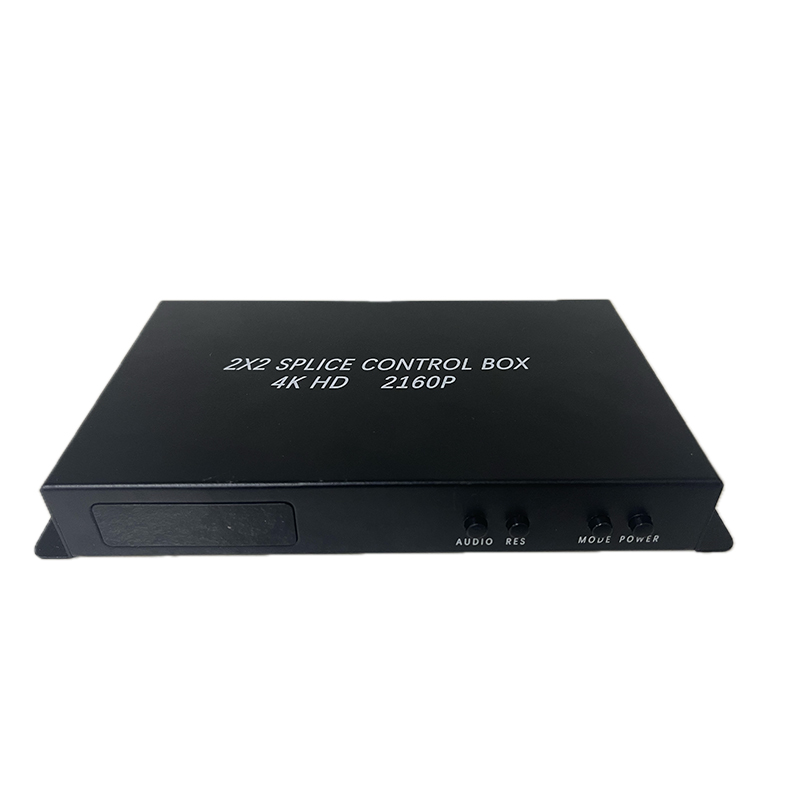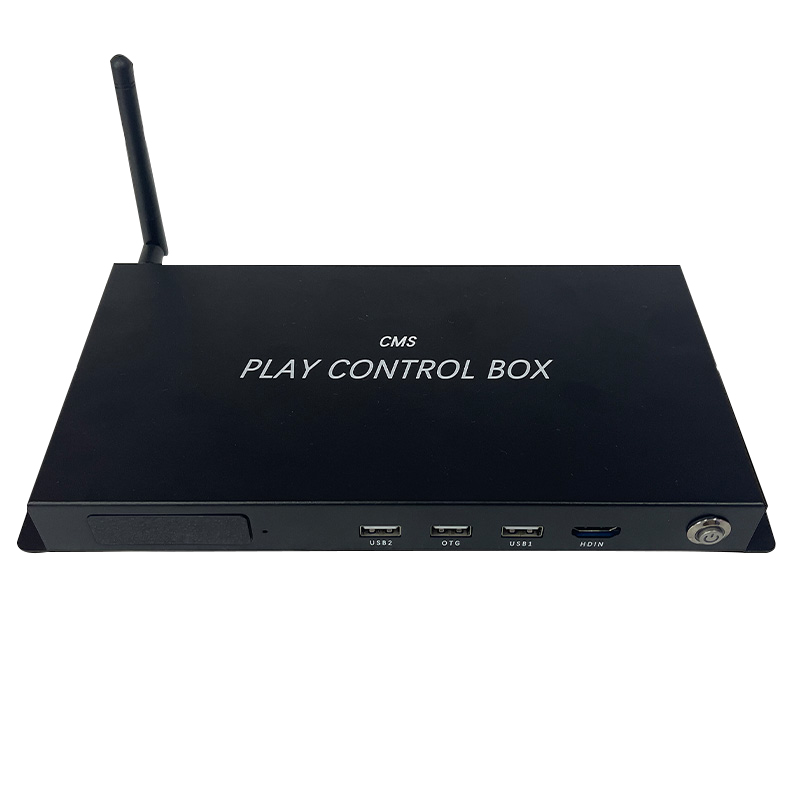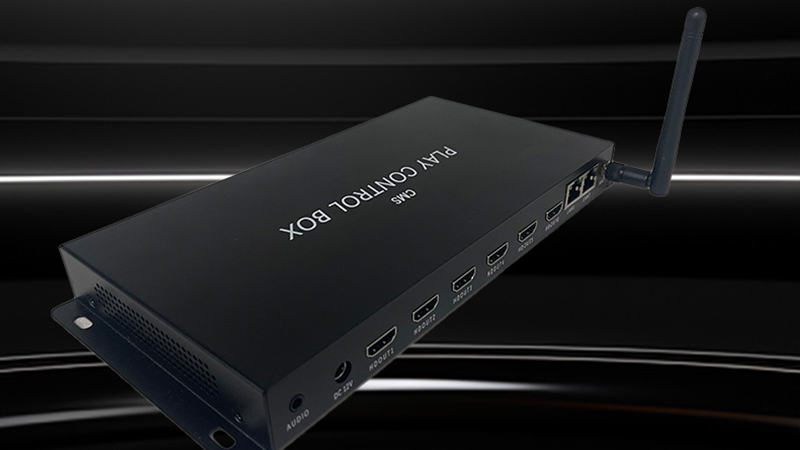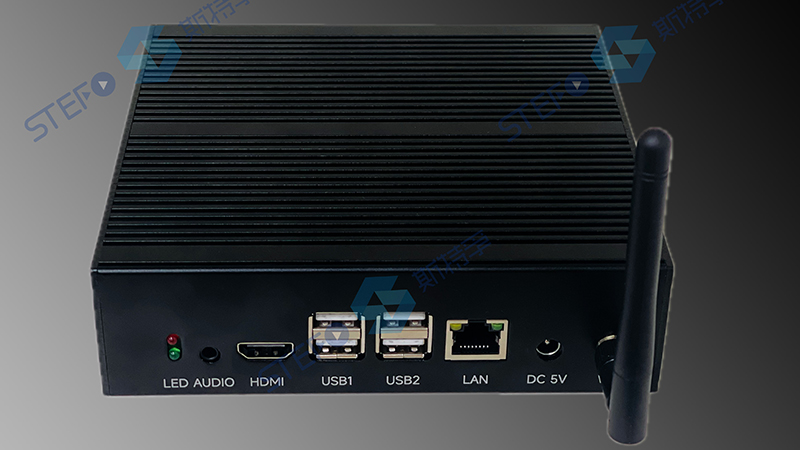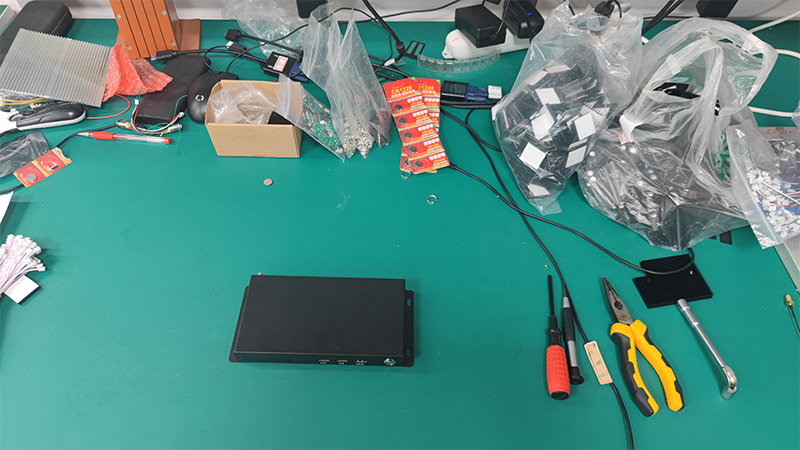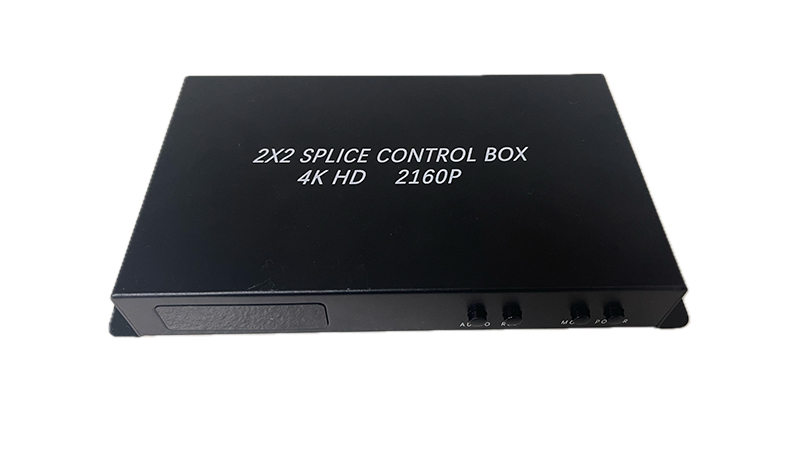Related Products
Latest News
The difference between matrix switchers and large screen splicers
The difference between matrix switchers and large screen splicers:
1. Differences in working principles
Matrix is the process of switching multiple input signals to multiple display devices, where the number of input signals is generally greater than the number of output signals. For example, if we want to simultaneously monitor signals from 100 cameras on 9 displays, we can use a matrix to achieve this. Through the signal switching function of the matrix, different signal images can be rotated and displayed. The types of matrices include VGA matrix, AV matrix, RGB matrix, DVI matrix, HDMI matrix, mixed matrix, and so on.
The large screen splicing processor divides a complete video signal into N blocks and distributes them to N display units (such as LED, LCD, DLP, PDP), achieving the display of input video on this logical large screen composed of multiple display units spliced together. In general, the number and type of input signals for large screen splicing processors depend on user needs, and the number of output signals is equal to the number of display units. The signal matching of the splicer is very flexible and free. Multiple types of boards can be assembled on a single device, including VGA boards, DVI boards, HDMI boards, SDI boards, CVBS boards, and so on.
2. Functional differences
Due to differences in working principles, there is a functional difference between the two. The matrix can only be responsible for signal switching, cannot process, and cannot produce effects. The large screen splicing processor is very powerful, with matrix function, and can also achieve arbitrary window opening, roaming, stacking, scene saving and rotation.
The functions of matrix and large screen splicing processors are different, and their roles in system integration engineering are also different. Users can choose according to their needs, and the two can also be controlled in conjunction.



